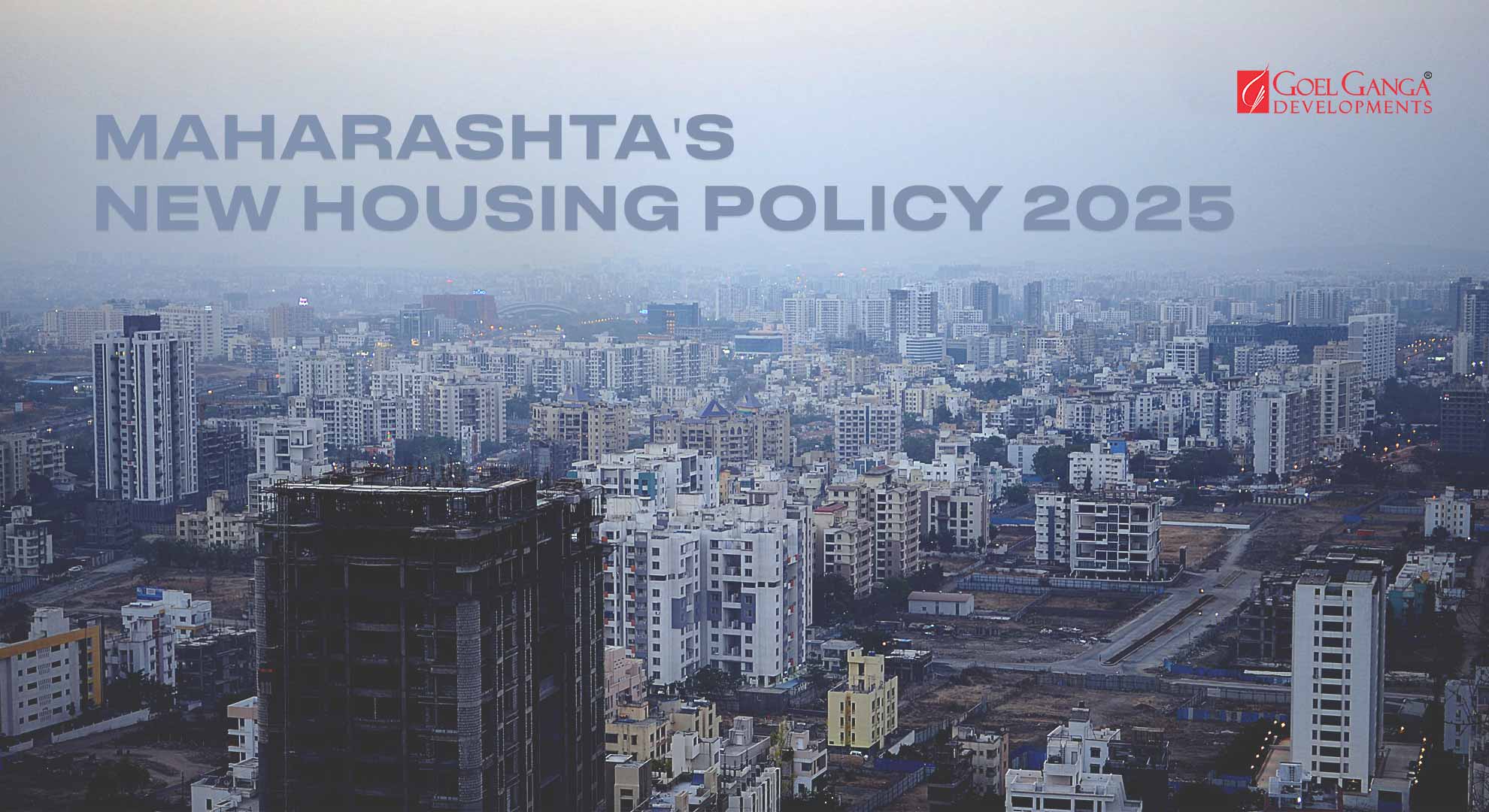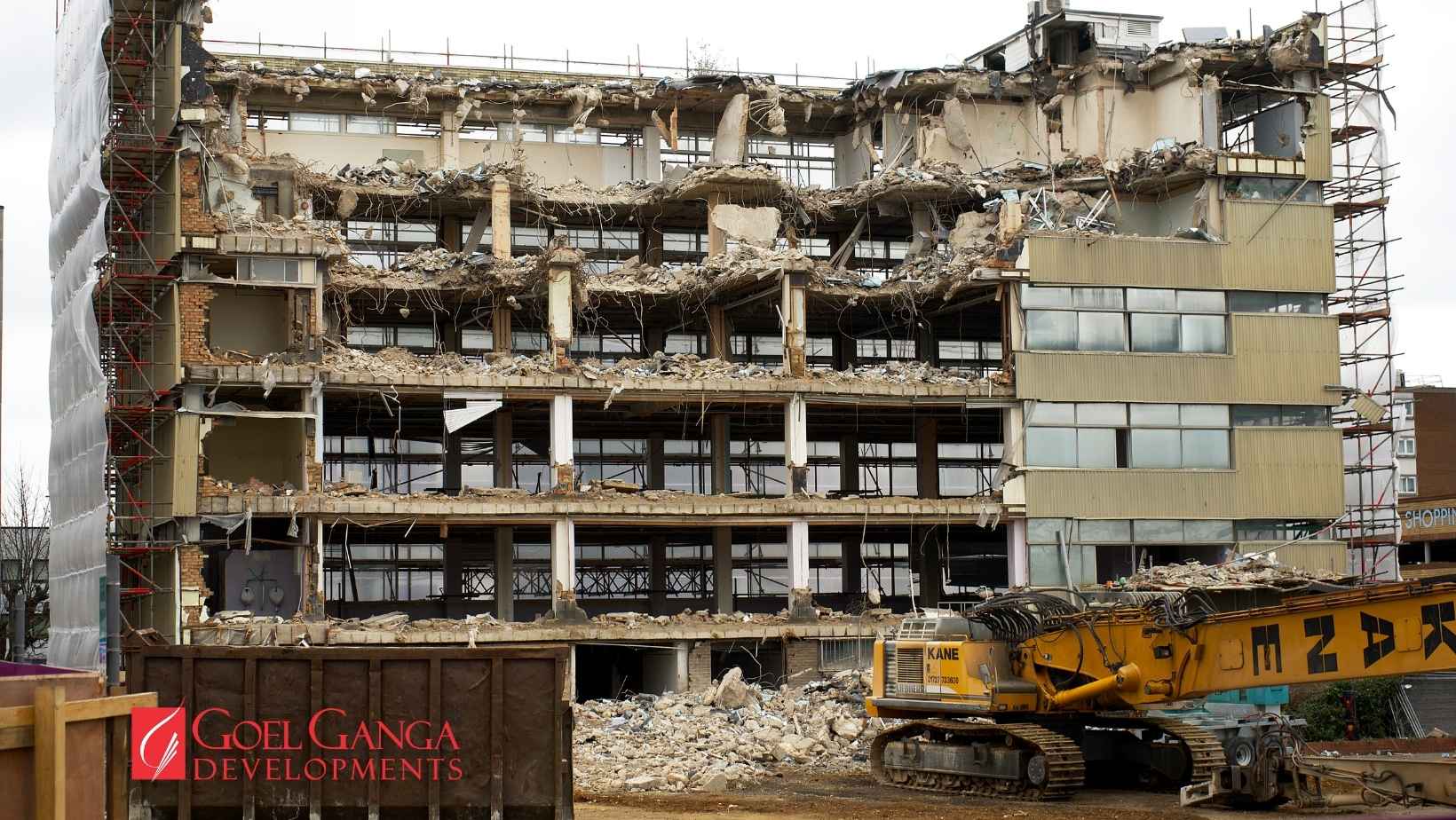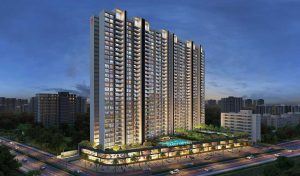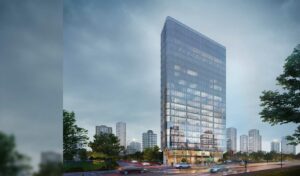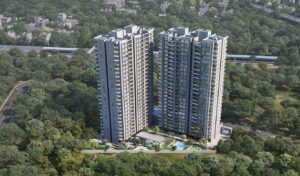After nearly two decades, the Maharashtra government has unveiled a transformative housing policy titled “My House, My Right”, aiming to redefine urban development, slum rehabilitation, and affordable housing in the state. The state cabinet cleared this ambitious policy in May 2025 to construct 35 lakh affordable homes by 2030, focusing on economically weaker sections (EWS) and low-income groups (LIG), while also reshaping the slum redevelopment landscape.
The policy, backed by a substantial ₹70,000 crore budget, is a holistic response to the growing demand for housing in the state’s urban areas, including Mumbai, Pune, Nagpur, Nashik, and others. Here’s a closer look at the major highlights, benefits, and structural changes introduced through this landmark initiative.
1. A Bold Target: 35 Lakh Affordable Homes by 2030
The cornerstone of the new policy is the construction of 3.5 million affordable houses across Maharashtra by the end of this decade. The homes will primarily cater to EWS and LIG categories, addressing the chronic housing shortage that plagues urban and semi-urban populations.
To meet this goal, the government plans to work in coordination with both public and private developers. Emphasis will be placed on using public land, land pooling mechanisms, and incentives for developers to fast-track construction and maintain cost-effectiveness.
2. Slum Redevelopment and Rehabilitation Boosted
Maharashtra is home to some of the largest slum clusters in India, especially in Mumbai. Recognizing this, the policy lays heavy focus on slum redevelopment. The policy proposes a slum-free Maharashtra, with incentives to expedite the redevelopment of slum areas under PPP (public-private partnership) models.
Key features include:
- Unified slum redevelopment authority for faster approvals.
- Simplified transfer of land titles to slum dwellers.
- Increased floor space index (FSI) for developers undertaking slum rehabilitation projects.
- Provision for in-situ rehabilitation, ensuring that slum residents are not displaced far from their current homes and livelihoods.
3. Empowerment Through Ownership: Land Titles for Slum Dwellers
For the first time, slum dwellers will receive ownership rights and legal titles to their homes. This initiative not only provides a sense of security but also opens up opportunities for formal credit access, better living standards, and socio-economic upliftment.
The state will grant these titles to eligible families who have resided in notified slums before a cut-off date. To ensure transparency and prevent misuse, officials will carry out digital mapping and biometric verification.
4. Special Focus on Rental Housing and Urban Migrants
In a bid to support urban migrant workers, who often live in precarious or informal arrangements, the policy introduces a state-backed rental housing scheme. Rental homes will be developed across key economic zones, industrial belts, and metropolitan hubs.
Private developers will be offered tax benefits and FSI incentives to participate in the construction of rental housing stock. A digital platform will be launched to streamline listings and applications for these units.
5. Integrated Infrastructure and Transit-Oriented Development (TOD)
Affordable housing projects will no longer be isolated clusters. The new policy promotes Transit-Oriented Development, ensuring housing developments are well-integrated with public transport systems, including metro rail, buses, and local trains.
Further, the government will encourage mixed-use development, where housing, commercial spaces, green zones, and public amenities co-exist. This approach aims to foster sustainable, walkable, and self-sufficient urban communities.
6. Digitization, Transparency, and Ease of Doing Business
To accelerate project execution and ensure transparency, the policy brings in end-to-end digitization of all application and approval processes. Builders and developers will benefit from:
- Single-window clearance system
- Time-bound approvals
- Reduced compliance burden
- Through a centralized housing portal, homebuyers will also be able to track projects, apply for subsidies, and verify documentation.
7. Green and Climate-Resilient Housing
Maharashtra aligns its housing vision with environmental goals. The policy mandates:
- Use of eco-friendly construction materials
- Energy-efficient building codes
- Rainwater harvesting and waste management systems
This ensures that housing expansion does not come at the cost of environmental degradation.
Towards an Inclusive Urban Future
The “My House, My Right” policy significantly shifts Maharashtra’s housing strategy. By prioritizing affordability, inclusivity, and sustainability, it addresses core urban challenges such as homelessness, slum growth, and housing inequality.
If implemented effectively, this policy could become a model for other Indian states grappling with rapid urbanization and socio-economic disparity. It reflects not just an infrastructural change, but a social commitment to empower every citizen with the right to dignified shelter and community living.


